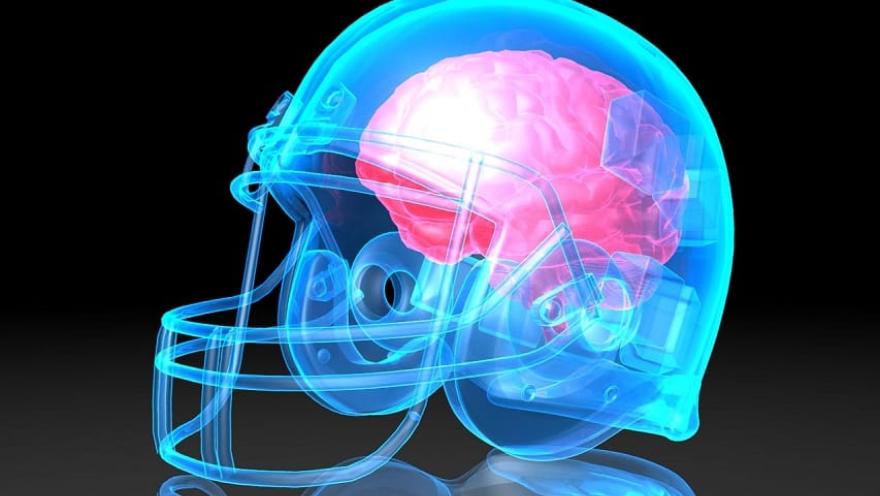Recent studies point to a possible connection between ALS and chronic traumatic encephalopathy (CTE), the type of traumatic brain injury associated with playing football and other contact sports. NFL veterans Steve Gleason, Tim Shaw, O.J. Brigance, Dwight Clark, Kevin Turner, and others were diagnosed with ALS after their football careers ended. CTE has also been found in military veterans, who are twice as likely to be diagnosed with ALS.
While 4 to 6 percent of CTE cases end up demonstrating either clinical or pathological characteristics of ALS, called CTE-ALS, the question of whether CTE and ALS are connected remains controversial. Much more needs to be learned to fully understand the connection.
Dr. Michael Strong and colleagues from the Schulich School of Medicine & Dentistry at Western University in Canada delved into the controversy. They compared molecular and pathological signatures of post mortem brain and spinal cord tissue obtained from people who lived with CTE and CTE with ALS (CTE-ALS) compared to controls.
The study focused on tau, a protein that forms aggregates, or protein clumps, in the brain that lead to cell death. A specific pathological modification of tau, called phosphorylation, at amino acid threonine 175 (pThr175), sets off a molecular cascade involving the activation of a kinase called glycogen synthase kinase-3β (GSK3β), which in turn phosphorylates threonine 231 (pThr231). This pathway causes cell death in the brain.
The researchers found a commonality of the phosphorylation of tau in aggregates of those with CTE and CTE-ALS in the brain and spinal cord, providing insight into this disease pathway. They also used a model rat with moderate traumatic brain injury to show similar pathology and increased levels of pThr175 tau and activated GSK3β, replicating features observed in post mortem tissue and further supporting the connection between ALS and CTE.
More research needs to be carried out to understand exactly how traumatic brain injury drives this disease pathway. Also, this analysis warrants a larger study of more people with CTE and CTE-ALS to confirm results and further delve into the possible connection between ALS and CTE. These continued studies could uncover viable CTE-ALS biomarkers and potential therapeutics.
Read the open-access article here.
For more information on CTE and ALS, read here.
Paper citation
Pathologic Thr175 tau phosphorylation in CTE and CTE with ALS
Alexander J. Moszczynski, Wendy Strong, Kathy Xu, Ann McKee, Arthur Brown, Michael J Strong
Neurology Jan 2018, 10.1212/WNL.0000000000004899; DOI:10.1212/WNL.0000000000004899


Join the conversation. Please comment below.